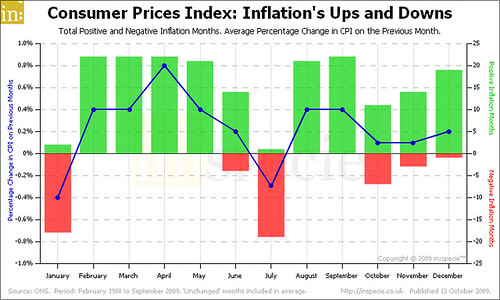In a surprising turn of events, the latest Consumer Price Index (CPI) report has revealed a modest increase in inflation, contrary to earlier projections. The data for June demonstrates a mere 0.2 percent uptick, much lower than anticipated. Furthermore, annual inflation has decelerated to three percent, maintaining a cooling trend for the past 12 months. This unexpected development challenges prevailing assumptions and prompts a closer examination of the factors influencing inflationary pressures.
The CPI figures released by the Bureau of Labor Statistics present a nuanced picture of the economy’s current inflationary trajectory. Experts had anticipated a more substantial rise in consumer prices, driven by supply chain disruptions, rising energy costs, and increased demand as pandemic restrictions ease. However, the actual increase of 0.2 percent in June suggests that inflationary pressures might be less severe than previously believed.
Analysts and economists are scrutinizing the data to identify the underlying causes of the subdued inflation. One explanation could be the temporary nature of supply chain bottlenecks that have plagued various industries. Recent reports indicate that manufacturers and retailers have made significant progress in addressing these challenges, resulting in a more efficient flow of goods. As a result, price increases for goods and services have been less pronounced than expected, contributing to the modest CPI growth.
Furthermore, the slowdown in annual inflation to three percent marks a noteworthy trend in the economy. Over the past year, inflationary pressures have gradually subsided, suggesting a stabilization in consumer prices. This prolonged cooling-off period has confounded economists who initially predicted a more sustained inflationary surge. While the current data does not discount the potential for future price increases, it does indicate a more measured pace of inflation, which could be a positive sign for consumers and businesses alike.
Various sectors of the economy have experienced distinct impacts on pricing. In the energy sector, for instance, prices have surged due to geopolitical tensions and increased global demand. However, the effects of these price hikes have been partially offset by advancements in renewable energy sources and government initiatives aimed at promoting clean energy. Consequently, the overall impact on the CPI remains relatively muted.
The Federal Reserve’s response to the CPI report will be closely watched, as it plays a critical role in managing inflation. The central bank has maintained its stance that the current inflationary pressures are transitory and should subside over time. However, if the trend continues, it may necessitate a reassessment of monetary policies, potentially leading to adjustments in interest rates and other measures aimed at controlling inflation.
Conclusion:
The latest CPI report has unveiled a slight increase in inflation, defying earlier predictions of a more pronounced surge. The 0.2 percent rise in June and the subsequent cooling-off of annual inflation to three percent have offered a more tempered outlook on consumer prices. While supply chain disruptions and energy costs continue to exert pressure, they are being offset by various factors such as improved logistics and renewable energy advancements. As economists closely monitor the evolving inflationary landscape, the Federal Reserve’s response will be crucial in determining the path forward.



